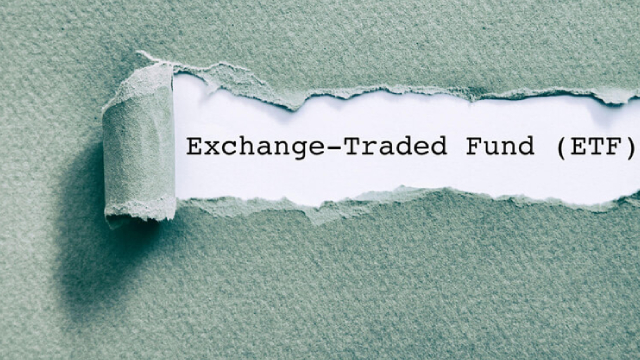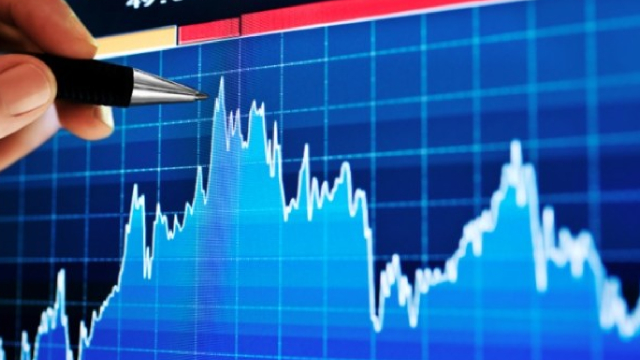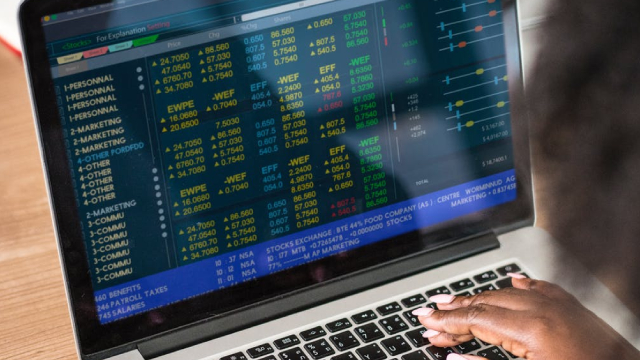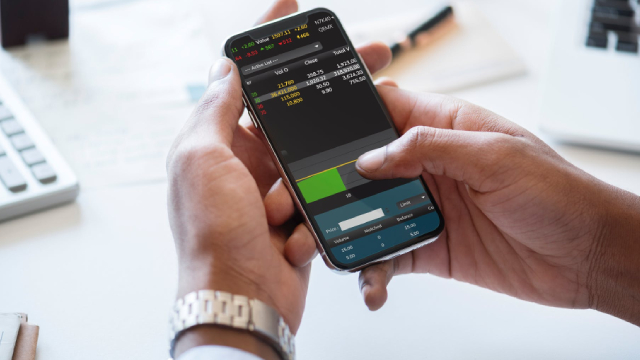
iShares Core S&P 500 ETF (IVV)

Firm that called 2025 nearly perfectly — until a moment of doubt — now has highest S&P 500 target on Wall Street
Oppenheimer says the S&P 500 will push ahead in 2026, boosted by the economy and corporate profits that are likely to keep holding up.

S&P 500 Snapshot: Win Streak Puts Index Inches From Record High
The S&P 500 came off its best week since May with another solid performance. The index closed the week out on a four day win streak, putting it within inches of a new record high.

One bank sees the S&P 500 hitting 8,000 in 2026, breaking down the bitcoin-stock market divergence
Market Domination Overtime anchor Josh Lipton breaks down the latest market moves for December 5, 2025. Deutsche Bank director of global asset allocation and US equity strategy Parag Thatte tells Josh about Deutsche Bank's call for the S&P 500 to hit 8,000 next year.

S&P 500 Elliott Wave Update: The rally to 7120 continues
We expect a slight (50-75p) pullback before the next leg higher kicks in, ideally to 7000+, possibly as high as 7120. Then the chances for a prolonged multi-month correction to 5400-6200 increase again.

How the S&P 500 Rebalancing Shakes Up Your Large-Cap Portfolio
Regardless of whether you're an everyday investor or experienced advisor, the rebalancing of the S&P 500 is always worth keeping a close eye on. Later today, after the market closes, we'll learn what companies will be added and removed to the S&P 500 later this month.

An S&P 500 shakeup is due soon. These stocks could join the index.
Marvell and Carvana are intriguing candidates, but the index committee could opt for some smaller names if it chooses to announce changes Friday afternoon on its quarterly cadence.

Capturing AI Gains Without Overexposure: ETFs to Consider
As AI continues to power market momentum, a diversified approach is key. Here are some ETFs that can help investors benefit from the AI rally without overexposure.

This Private Credit Stock Has Gotten Hit Hard. Why It Still Might Join the S&P 500.
Ares Management could be a buying opportunity for anyone willing to make a bet on potentially overstretched private credit.

S&P 500 to Hit At Least 7,500-Mark in 2026? ETFs in Focus
Wall Street sees the S&P 500 hitting 7,500-8,000 in 2026 on AI-fueled earnings growth and rate-cut hopes. ETFs like VOO, IVV and SPY stand to benefit.

3 Factors That Suggest S&P 500 Bulls Are Favored Right Now
“Even if such support levels within the uptrend were violated, my takeaway was that such a scenario did not guarantee a correction, but would up the ante on correction risk

December Is Great for the S&P 500. Why History Repeating Is at Risk.
Black Friday sales rise, Bitcoin tumbles below $90,000 again, Thanksgiving travel disrupted, and more news to start your day.

XYLD: The S&P 500 Yield Trap You Should Avoid
Global X S&P 500 Covered Call ETF (XYLD) offers a high 12.79% yield but is rated Hold due to value-destructive distributions. XYLD's covered call strategy caps upside while exposing investors to full S&P 500 downside, resulting in inferior total returns and risk-adjusted performance. Despite lower volatility metrics, XYLD's maximum drawdown closely matches the S&P 500, providing only the illusion of safety for income-focused investors.







